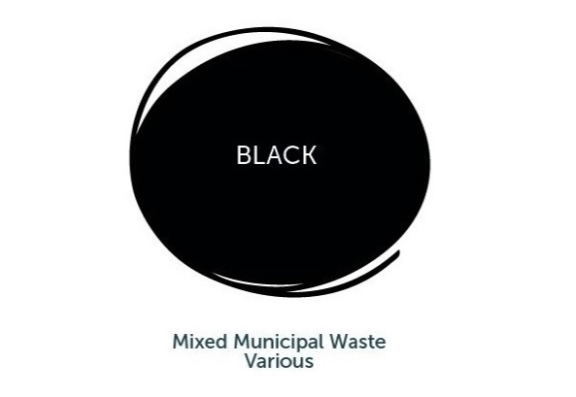
18
Oct
2016
Having “Followed the Colour Code” to the end with Initial Medical, we take a look at the final colour in the coding system – black…
The colour black has many, often contrasting, meanings and associations. On the one hand, it is connected with power, mystery, authority, elegance, sexuality, formality and sophistication. On the other, it is linked with fear, death, evil, aggression, rebellion, control, the unknown and depression. As white is the absence of colour, black is the absorption of all colours and the absence of light.
The strength of the colour will often evoke strong emotions and it can make one feel inconspicuous while providing a sense of restful emptiness. The word is generally used with a negative charge – ‘blackmail’, ‘blacklist’ and ‘black hole’ etc.
Around the globe, the colour black conjures even more contrasting meanings. In Chinese culture, for example, every colour corresponds with one of the five primary elements, a direction and one of the seasons – black is associated with water, north and winter. In the West, black is a symbol of mourning and the colour of clothes worn during a funeral – in places such as rural Mexico, Portugal, Spain, Italy and Greece, widows traditionally wear black for the rest of their lives. In several western cultures, a black cat crossing one’s path has significant meaning as well – it is unlucky in England, but lucky in various other countries such as Italy.
Black is further used across nearly all industries, including in the cosmetic sector, as the colour of rubbish and waste – the ‘black sack’ having become a household name. More specifically, black is the colour allocated to mixed municipal waste in the Department of Health’s Safe Management of Healthcare Waste Memorandum, which provides a colour protocol to segregate and dispose of different waste streams effectively.


Mixed municipal waste can be very varied in contents. It includes, but is certainly not limited to:
As various different clinical waste streams are generated in cosmetic clinics, it is important to separate general municipal waste items for cost-effective waste disposal and collection procedures. As the ‘black’ waste produced is non-infectious, non-hazardous and non-toxic, in most cases it poses the lowest risk of harm to professionals, patients / customers and the environment and so it is taken to landfill for disposal. No special bins or containers are required for mixed municipal waste – just the trusty black sack.
As we reach the end of our blog series, we hope you are now more confident in what items are destined for which waste stream, and the colour and types of containers each require. Correct waste segregation and disposal is not only an element of regulatory compliance for providers of cosmetic procedures, but it also ensures the safety of staff and patients, while also protecting the environment and general public from unnecessary harm.
In summary:
Top tips:
If you have any further questions about waste segregation and disposal, contact us at Initial Medical or ‘Follow the Colour Code’ for more details by visiting www.followthecolourcode.co.uk or using #followthecolourcode on twitter.